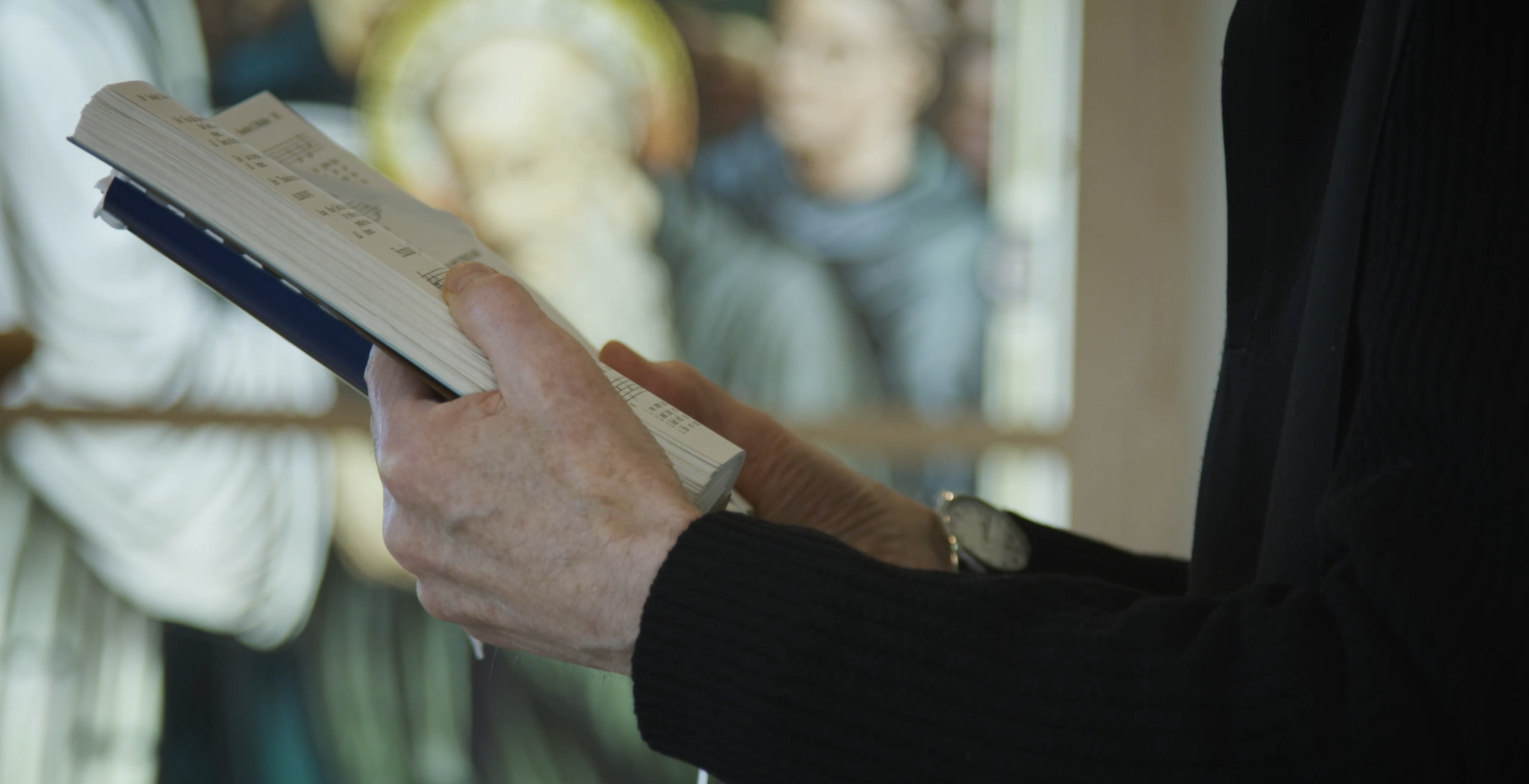Am I too old to become a monk? Requirements and limitations to joining a Benedictine monastery
All monastic orders share requirements for becoming a monk. Most obviously, anyone seeking to join monastic life must be male, Catholic and, in the United States, a citizen of this country. But there are additional limitations as to who a monastery—including St. Bede’s monastery in Illinois—will accept.
Some men choose to enter monastic life later than others and face a common question: am I too old? Others may be previously married or join the Benedictines from another religious institute.
If you’re asking yourself “how do I become a monk,” your discernment may raise other questions about your eligibility. Let’s explore some of the biggest potential limitations.
Learn more about how to become a monk here.
The why and how of Benedictine age requirements
There are, indeed, age requirements to becoming a monk. Most Benedictine monasteries won’t accept anyone under the age of 21, or until they’ve finished college. Likewise, you’ll find that these monasteries have an age limit, typically between 40 and 45. Some even cap their age limit at 30. St. Bede’s age requirement limits new monks to the age of 45.
Learn more about our monastery in Illinois here.
Of course, this number is not set in stone and may change in rare cases. In fact, in recent years, St. Bede has accepted two monks over the age of 45. These are special circumstances that require a great discernment on the part of both the monastic community as well as the candidates themselves.
The key reason behind this age restriction is simple: transition to monastic life can be made even more difficult the older that you are. Most obviously, monasticism is a very particular lifestyle. One must adapt to a life of few possessions and become accustomed to long periods of silence and monks’ prayer. Similarly, they are called to forge a dedication and relationship with the community. For anyone, this would be a difficult change. But it can be even harder the more established you are.
Learn more about Benedictine daily life here.
Additionally, we want to be sure monks are prayerful, productive members of our abbey. In the case of the two monks who joined St. Bede later in life, both proved to be devoted to our community.
Can I become a monk if I was previously married?
Sometimes, men who are widowed or divorced seek to become a monk. As with St. Bede’s age requirements, these situations are considered on a case-by-case basis.
Widowers can and do become monks. In fact, in the instances of St. Bede’s two older candidates, both had raised families and were widowed. After their respective spouses had died, they began their discernment process to join our monastery in Illinois.
But what about divorce? Keep in mind, divorce is a legal act, not a religious one. To join a monastic order would require an official annulment from the Catholic Church. This is separate from the process of divorce. Such designations are rare—and, indeed, it is much rarer to see a monk who is divorced. If an annulment is issued, a candidate must wait at least one year before their application will be considered by most monasteries.
Whether widowed or divorced, a man seeking to become a Benedictine monk must delay his candidacy until any children are no longer dependents.
What if I’m already a Catholic priest or belong to another institute?
There are Benedictine monks who have been ordained as priests as well as those who join us from another order.
As a diocesan priest, you must obtain permission from your bishop to join a monastery. Note that the priesthood does not grant automatic admission to monastic life. A priest must follow all the procedures of canon law and go through the same novitiate as any other monk.
From time to time, it happens that a religious wishes to transfer vows to another monastery. This transferal is always done following canon law and requires the consultation of two religious superiors: the one releasing a religious and the one receiving him. The receiving community may have a probationary period of discernment. The same goes for those join us from a different institute or Catholic order.
The question “how do I become a monk” sometimes comes with additional challenges. But those who continue to discern and answer their vocation find reward at our monastery in Illinois. If you are interested in continuing on this path, get in touch with St. Bede Abbey by submitting a form at this link.

